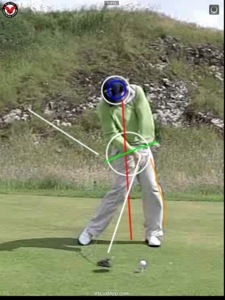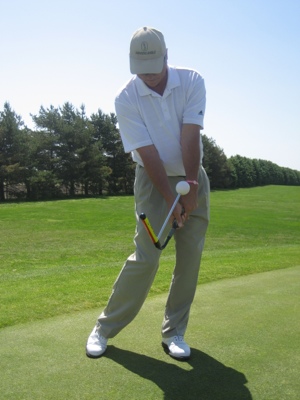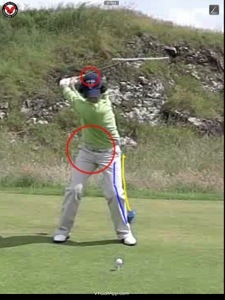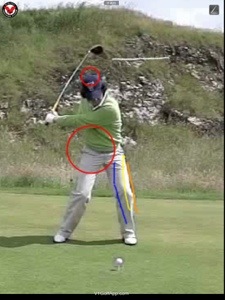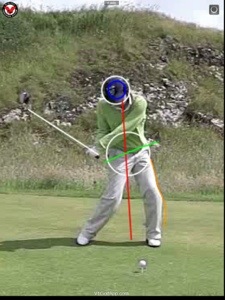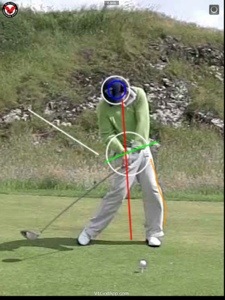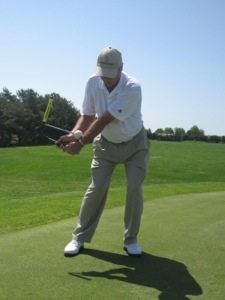Here is something for all you players out there to think about. The “pelvic thrust” is a huge dynamic factor in the efficiency of your swing whether you are a scratch player or a high handicap beginner. It is without a doubt one of the most important elements of the swing that produces power and accuracy when executed correctly.
The following article is from Golf Magazine. The topic is “the pelvic thrust”. Read it. It may be the most important information about your golf swing you will receive this year!
“When amateurs release their pelvis on their downswing, if at all, they tend to thrust straight out toward the ball or simply turn in place. These moves are big time no nos. Good players release their pelvis on their downswings by firing to the right of the target, approximately 15 yards to the right of the flag on a 150 yard shot, and then halting this action until momentum drags the pelvis to the left of the target. When seen in regular action, this movement gives the impression that good players only “turn” from the top.”
When using V1 video analysis with my students, they become aware that the downswing does not include a continuous rotation of the hips on the downswing as deceiving as this might be. When students become aware of the correct motion, their ability to strike the ball really improves. If you are consistently topping shots and slicing the ball, you may not understand how to begin your downswing correctly.
Please think about a visit to the Golf Center at Sports Ohio in Dublin for a quick video review to start the season right. Call me, Keith Haley, PGA teaching professional, at 614-738-1851 for more info.
Always remember to practice any new positions or movements in your golf swing slowly and deliberately.
